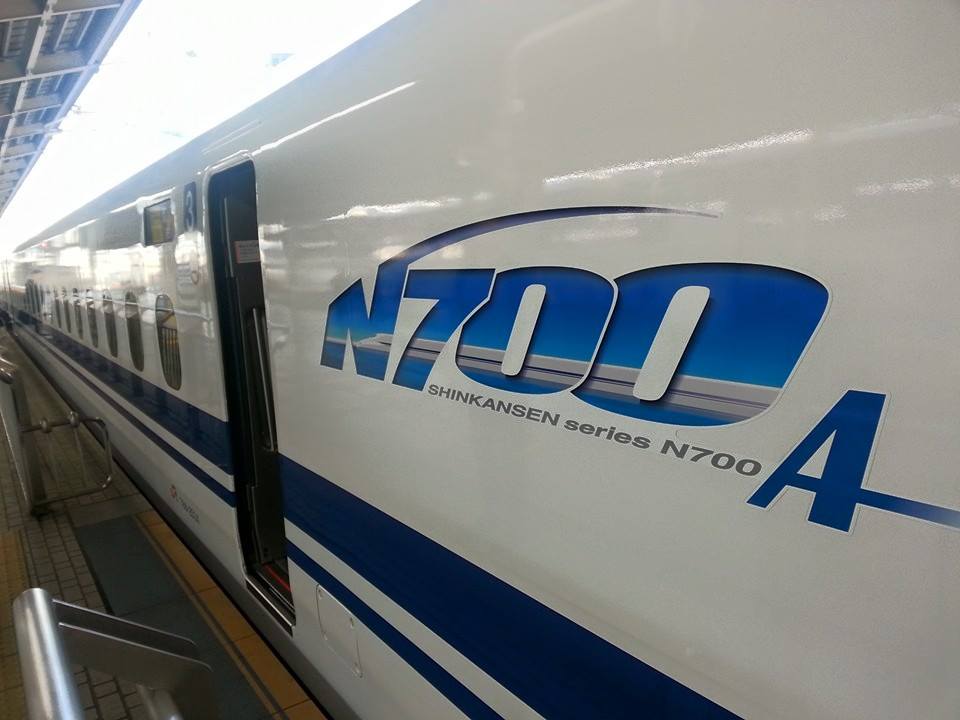 Exhibiting in Japan is a unique experience and it requires a bit of knowledge and an open mind. Japanese customers want to do business with people and companies that have integrity. If you exhibit at a show and the show doesn’t meet your expectations, don’t write off the experience!
Exhibiting in Japan is a unique experience and it requires a bit of knowledge and an open mind. Japanese customers want to do business with people and companies that have integrity. If you exhibit at a show and the show doesn’t meet your expectations, don’t write off the experience!
The Japanese are cautious if they don’t know you. When you exhibit at a conference, you need to show additional support– speakers, sponsorships and the like—to put the Japanese market at ease and to demonstrate your sincere interest in growing / giving back to your industry. The Japanese build relationships carefully, and they appreciate your paying attention to their culture and tastes. Communication and mutual understanding is a must.
As many people in Japan do not speak English, you must put additional effort into hiring Japanese staff, having a Japanese website and clearly showing your company`s sincere interest and long-term strategy to do business in Japan. Saving face is a very strong element in Japanese culture, so it will take time to build relationships. People in Japan do not want to make a mistake that could cause embarrassment.
In Japan there are few manufacturers, so the high cost of storage and high importation taxes limit the use of many materials we often take for granted. In Japan there is widespread use of wallpaper. Higher recycling fees apply to certain materials, which means paper is not only easier but also cheaper. Venues are also very strict about enforcing rules & regulations. Exhibits must comply with setback regulations, they must have sides that are more than 50% open, and you may need to provide additional emergency exits.
Here are the top 10 things to keep in mind when exhibiting in Japan:
10. Fire codes are strict. Don’t assume that because you have European and/or US fire certificates that you do not need to get approval in Japan. Confirm with show management in writing that your booth design meets codes and regulations. That also includes getting approval for certain heights, depending on the show. (Quick story). We once had to hack off ½ inch from 4 support pillars because a venue official came by with a measuring stick that was exactly 4.5 meters. Luckily the design allowed it because he sat and watched us the whole time while we brought the exhibit into compliance.
9. Japan standard is 100 volts/50HZ. (Western Japan is 60HZ) You’ll need an adapter for European and North American style plugs. Limited electrical work is included in the application fees for package booths. Electrical work is primarily supplied by the venue and secondarily by the contractor in the booth. The work must be carried out or supervised by certified electricians.
8. There are two types of labor in Japan: skilled and unskilled. There are two price points as well. A skilled laborer has tools and can perform stand construction and modifications on site. Non-skilled labor is used for tasks such as packing and unpacking properties. There is a set fee for I&D.
7. There are unions in Japan and related labor laws that protect workers’ rights. Labor hours are typically 9AM-5:30 PM. Workers are allowed two 15 minute breaks at 10 AM and 3 PM, with an hour for lunch. Overtime charges usually are set at 1 ½ times the normal rate and begin at 6:30 PM. Working past 10PM will be double or triple the standard rate. Weekends are billed as straight time.
6. Japan charges a recycling or disposition fee since exhibits are ‘build and burn.’ The fee varies according to the size of the booth and the amount of plastics and recyclable materials used. Since storage space in environmentally controlled warehouses is limited and thus expensive, building new and reusing is usually not a viable option.
5. There is no VAT tax refund available. The national Japanese tax rate for all services and items supplied is currently 8%. Taxes will increase to 10% on April 1, 2017.
4. Truss systems are popular because they not only save space but they can be reused. With only a few exceptions (and then only for spaces that are 3000 sq. ft. or more), rigging isn’t allowed in Japan because of both earthquake regulations and cost. Rigging from a venue ceiling that is 100 feet in the air is cost prohibitive.
3. Japanese show organizers are very strict about the use of copyrighted materials, so don’t just assume you can play music or show films without the necessary permissions. Also, you cannot use head to head comparisons in Japan. Be sure to read the show manuals for similar caveats, and when in doubt, ask the organizer.
2 Titles and rank are important—and remember that the most important person usually sits facing the door. Use first names only when requested.
1.Translate your graphics into Japanese and have a translator or multilingual hostess on hand. Be clear with your messaging and what it is that you are promoting. Put your new product or service front and center. The Japanese might look at your graphics or product display one day, and the next day they will ask for a meeting. On the third day, they will bring the big boss. The Japanese don’t respond well to “in your face” techniques.
Japan is a wonderful country! Make the most of the opportunity when you visit. We encourage our customers to take advantage of our local knowledge and spend some time getting to know our country.


Comments are closed.